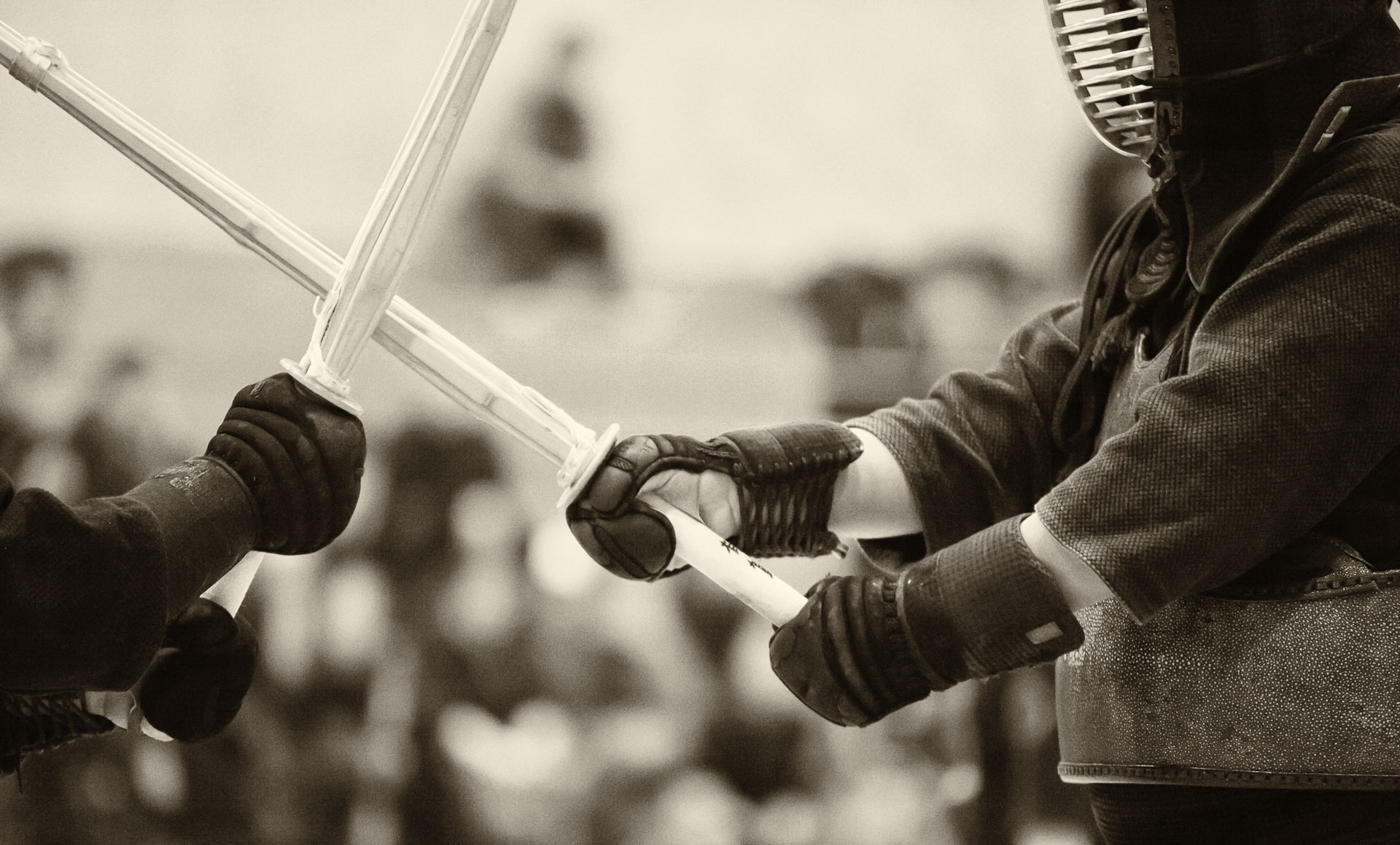
“Although motorcycle riding is romantic, motorcycle maintenance is purely classic.”
-Robert M.Pirsig, “Zen and the Art of Motorcycle Maintenance “
“
“Zen and the Art of Motorcycle Maintenance ” is a book that keeps surprising me with the depth of its inquiry into some of the very fundamental philosophical dilemmas. For example, it has an interesting discussion of two seemingly unreconsciable ways of looking at things, phenomena or processes: a “classic”, or analytic, and a “romantic”, or artistic way.
” is a book that keeps surprising me with the depth of its inquiry into some of the very fundamental philosophical dilemmas. For example, it has an interesting discussion of two seemingly unreconsciable ways of looking at things, phenomena or processes: a “classic”, or analytic, and a “romantic”, or artistic way.

 Needless to say, to be able to combine both approaches is very difficult, but perhaps a relatively straightforward way of making a meaningfull contribution in either sphere would be to apply state-of-the-art techniques and know-how from the other sphere. This idea is similar to multi-disciplinary scientific research, where breakthroughs often occur at the junction between two or more separate fields.
Needless to say, to be able to combine both approaches is very difficult, but perhaps a relatively straightforward way of making a meaningfull contribution in either sphere would be to apply state-of-the-art techniques and know-how from the other sphere. This idea is similar to multi-disciplinary scientific research, where breakthroughs often occur at the junction between two or more separate fields.
For example, one could use analytic classification as an approach to art. This, in fact, has been done throughout the ages by using the principles of geometry, psychology and optics in architecture and painting. An extreme example of perfect symbiosis of the “classic” and the “romantic” approaches in Seurat ‘s theory of chromoluminarism, which utilizes optical mixing of colours (an additive process), instead of physical mixing of pigments (a subtractive process.)
‘s theory of chromoluminarism, which utilizes optical mixing of colours (an additive process), instead of physical mixing of pigments (a subtractive process.)
The inverse (applying the “romantic” approach to science) is a bit less obvious, but I believe it can be done very effectively. There are two points of opportunity for this in a scientific workflow: 1) examining and communicating the impact of the phenomenon under consideration as a whole, before it has been analyzed and 2) looking for and pursuing the aesthetics in the analytic process itself.





























